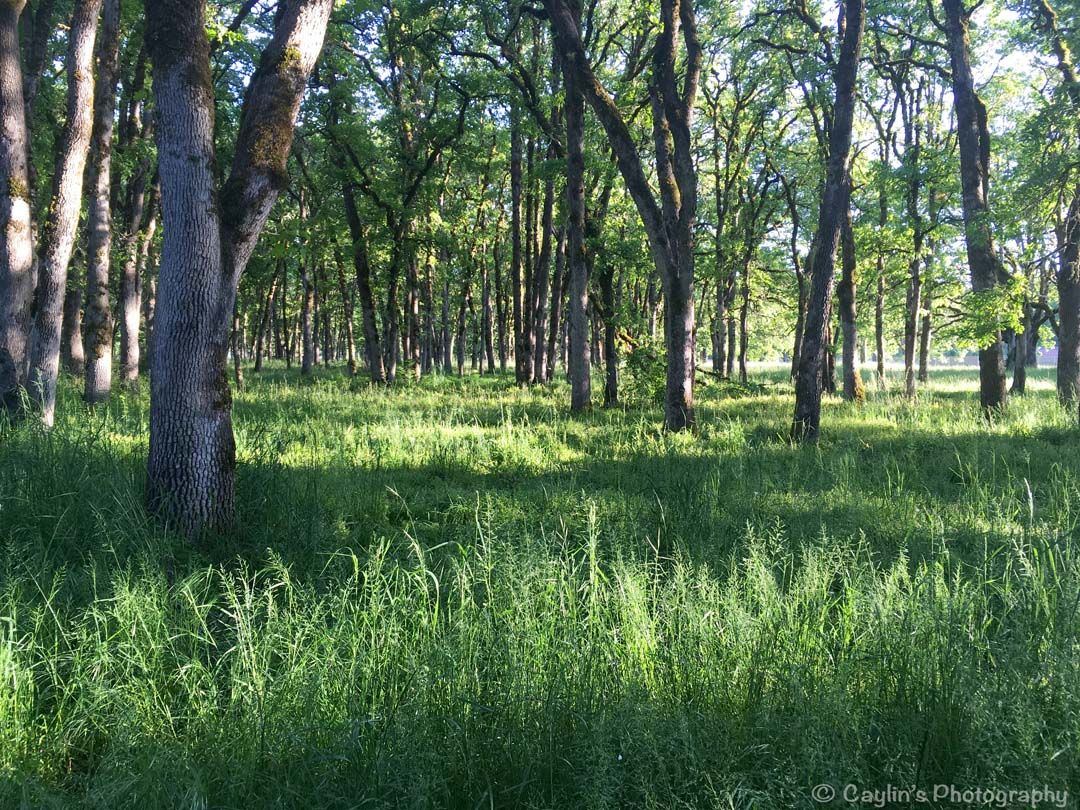
Blog
Stories from my personal journey learning about and delivering Nature-rooted programs across three different countries
When children's play makes us feel uncomfortable...
Caylin (Forest Schooled)

Empty space, drag to resize
Short on time? Listen to this blog post as a podcast. And subscribe to my podcast channel on Apple Podcasts, Google Podcasts, or Spotify.
When you play and learn outside frequently, you are bound to come across something dead. Animals move through their life cycle in the outdoors and along with scampering, eating, crawling, pooping and lots of other things we see them do (or leave behind evidence of) they also die. And as morbid as it sounds, we sometimes come across the remains in whatever state of decay they might be in. Over the years when out with various groups, we've found dead bugs, dead birds, a dead fox, a dead mole, a dead rabbit, and most recently, a dead vole.
The children are always curious about the animal and wonder, "What happened?" Sometimes it turns into an investigation and a story is created about where the creature was going, what it was doing, and why it may have died. However, when two boys discovered the dead vole, they were more than just curious about the story of the vole's death, they were also fascinated by the anatomy of the carcass.
The boys had found the vole and I happened to be walking past when they excitedly ran over and asked to show me something. As I approached I noticed the little creature in the hollow of a tree stump. We all gathered around to get a closer look. The boys began to nudge and prod it with sticks, exploring how the little body reacted to their pokes.
Then it started to turn a little gruesome.... Their poking and prodding became more forceful as their curiosity about the organs of the little creature increased. They were fascinated to see that when they placed pressure on a certain point of its body, the eyeballs started to bulge. Ultimately, the were playing with the body of this creature and at that point all sorts of thoughts started going through my head.
The first was, “The creature is definitely dead, right???” But that concern was alleviated quickly as one brief glance at it confirmed quite clearly that it was no longer living. Another thought was, “Is it disrespectful to the animal to be investigating its body parts in this way? Should we not just leave it alone and observe from a distance?”
I'll admit, this form of play that the boys were engaging in made me feel uncomfortable. I wondered whether I should try to guide it in a different direction or stop it altogether.
But then another thought occurred to me... “We make kids do dissections in school. Was this really all that different?”
The boys knew not to touch the vole with their bare hands and were using sticks to examine and manoeuvre the body. They were also very aware of the need to wash their hands afterwards, so concerns about any sanitation issues were minimal. I also thought about how difficult it is to see an animal like this up close while it's alive and finding one that's dead has great potential for learning about its form and function. So I let them carry on...
The boys continued their investigation of the little vole for quite some time until their attention finally turned to other things like den building and playing games with the other kids. The vole was left in nature's hands as to what would happen to it next.
Afterwards I wondered whether what I did was 'right'. Should I have handled the situation differently? Should I have said or done more than I did? Quite possibly! But I also remind myself that ultimately Forest School is meant to be child-led, fostering an environment that encourages free play and discovery. And that's exactly what had happened. The boy's investigation of the vole had been a form of play and they had learned about the anatomy and life cycle of a vole from an up close and personal encounter.
In The Busker's Guide to Playwork, Shelly Newstead (2011) states, “One of the consequences of offering children the choice of how they play is that adults then have to respect the choices that children make. This is all very well in theory, but in practice how do you feel about children playing 'wars' and making guns to 'kill' each other with?... But the thing is, we're there to make it easier for children to play – in all its forms, not just the bits that we think are 'acceptable'. The bottom line has to be that, if it's play, it's ok – there is no such thing as 'good play' and 'bad play', it's just play” (Newstead, 2011, pg. 42).
Thinking about play through this filter makes me much more aware of how I might project my own fears, values, or discomfort on children during their play and reconsider, is it actually appropriate to do so? And just because poking a dead vole made me feel uncomfortable, is such an experience any less valuable just because it took place, unplanned, in a wood rather than as a scheduled lesson in a science lab? I'm not so sure...
References:
Newstead, S (2011) The Buskers Guide to Playwork, Common Threads Publications Ltd, Hampshire United Kingdom.
More Posts
WANT TO GET FOREST SCHOOLED TOO?
Subscribe to my email letters, something special from me to you so we can learn together. Each one is filled with heart-felt stories from the forest, resources you may find useful, and things that hopefully bring a smile too.
Thank you!
© by FOREST SCHOOLED
